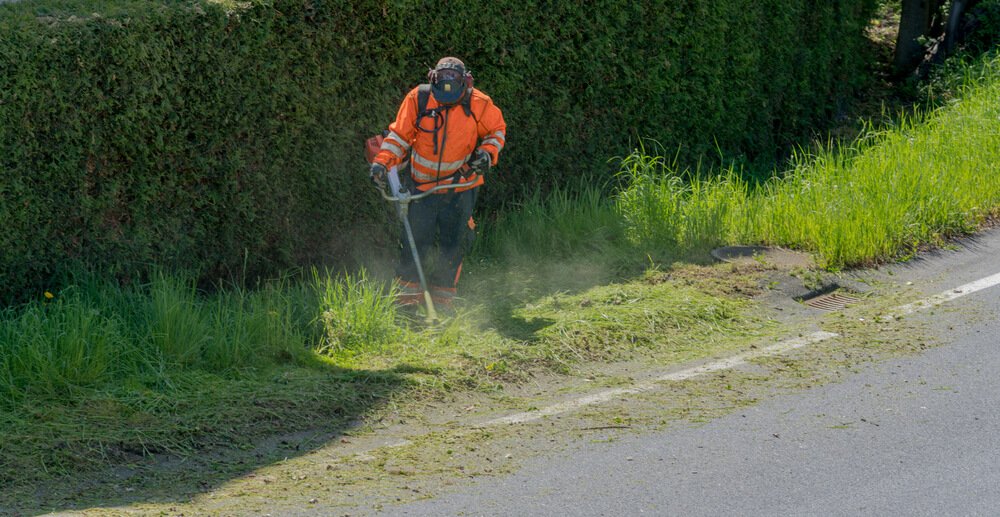A lot of people may have a disbelief in the positive aspects of aerating your lawn and may believe that it is just a cash grab service. However, there is a science to aerating your lawn that will help make it look spectacular! We will cover the mechanics of this science in this blog posting. Also, check out our previous blog post titled “How Often Should I Aerate My Lawn?”
How aerating your lawn works: In general, little openings are created in the soil to make it easier for air, water and nutrients to infiltrate through the soil and grass roots, relieving excessive soil compaction, and help reduce thatch.
There are three primary methods of aerating soil:
- core aeration (known as the most effective method, as it removes columns of ½ to ¾ inch diameter cores of soil with typical depths of 1-6 inches and deposits them onto the surface of the lawn).
- spiking (uses solid tines to create holes in the soil), and;
- slicing (uses rotating blades to cut narrow openings in the soil).
- The last two methods of aeration are not as effective as core aeration because they don’t remove plugs of soil, so they don’t relieve the compaction of the soil. Overly compacted soil is not good for grass because it reduces the amount of pockets in the soil for water, nutrients and air to collect and get absorbed by the grass.
- The compaction of soil can greatly reduce the air spaces within the soil that would normally allow for water, nutrients and air to occupy. Grass roots need oxygen, nutrients and water, which can be very challenging for the roots to get access to in a very compacted soil. The more compacted the soil of your lawn becomes, the more difficult it is for the roots of the grass to get what they need to thrive and can eventually choke the growth of your lawn’s grass.
- The holes created in the soil from aeration act as pockets for water, air and nutrients to enter the soil that may not otherwise exist without aeration due to the soil’s level of compaction.
Benefits of aerating your lawn include:
- Increasing the activity of soil microorganisms that decompose thatch.
- Increasing the volume of water, nutrients and oxygen penetrating into the soil.
- Increasing the depth of the roots since the soil has more room for root growth due to the holes created from core aeration.
- Enhancing infiltration of rainfall or irrigation due to the hole plugs in the soil.
- Preventing fertilizer and pesticide to be removed from your lawn due to surface water run-off on an overly compacted soil.
- Thickens the lawn because the roots have the space to grow and breath.
- Because the lawn is thicker, it has a better chance of keeping weeds and pests out of your lawn.
- It helps thinned out areas of your lawn fill in much quicker.
Signs that your lawn needs to be aerated:
- Your lawn is heavily used with lots of traffic due to pedestrians or vehicle use, causing the grass to look thin or unhealthy.
- The thatch layer is in excess of ½ inch.
- Your lawn’s soil is primarily composed of heavy clay.
- All lawns become compacted over time, with some types of soils, such as clay soils, are more naturally compacted than others.
It’s recommended to aerate your lawn two weeks before the final fertilization for the year and five to six weeks before the first frost to allow the grass time to recover.
Book your aeration appointment early with Cleanr Property Maintenance to avoid busy times in the upcoming fall and spring seasons by calling us today at (204) 960-0246 or by clicking here!
